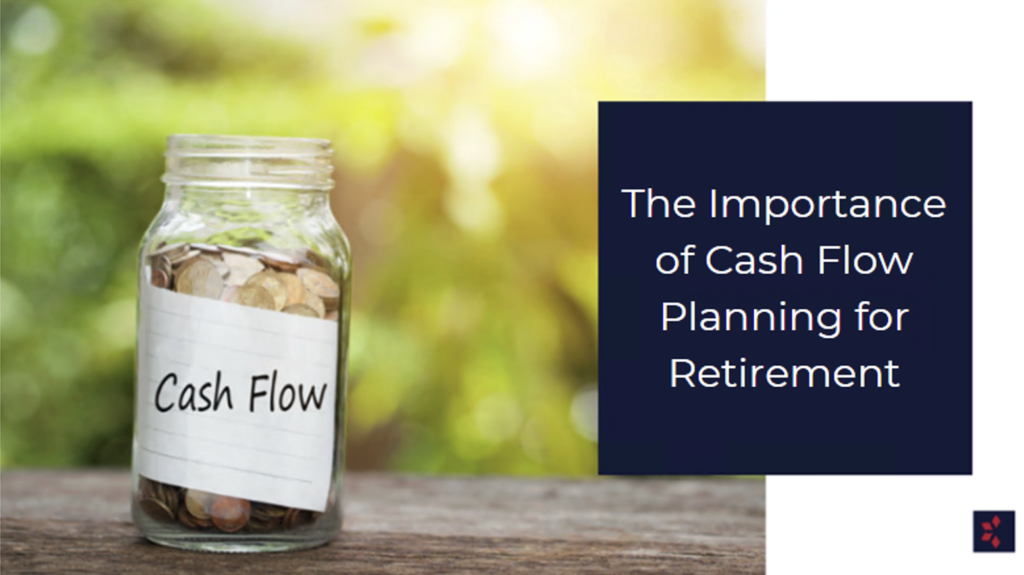Common Mistakes To Avoid When Planning for Retirement

Retirement planning is a critical component of your financial management, and it involves setting specific financial goals and developing a strategy to meet those goals.
Unfortunately, many individuals make common mistakes during the retirement planning process, which can potentially limit their ability to enjoy a comfortable retirement. It is important to be aware of these pitfalls in order to make informed decisions and secure yourself a stable financial future.



